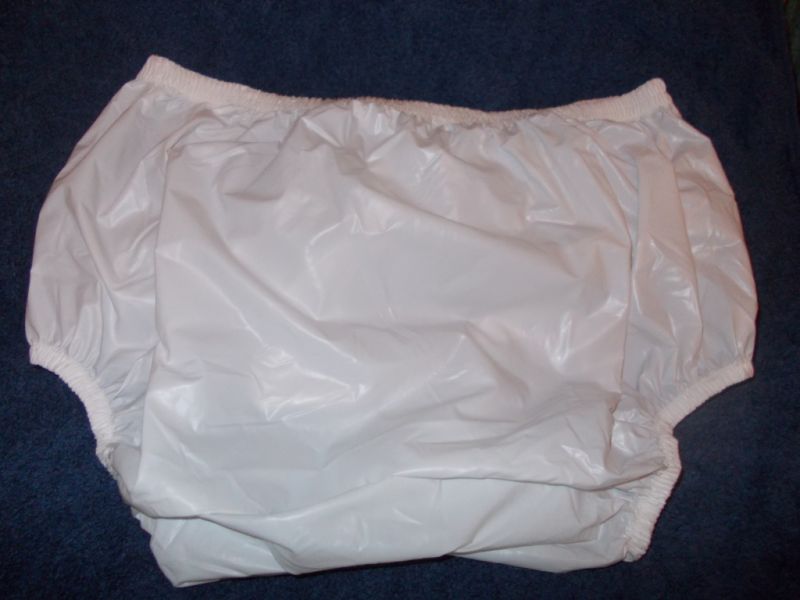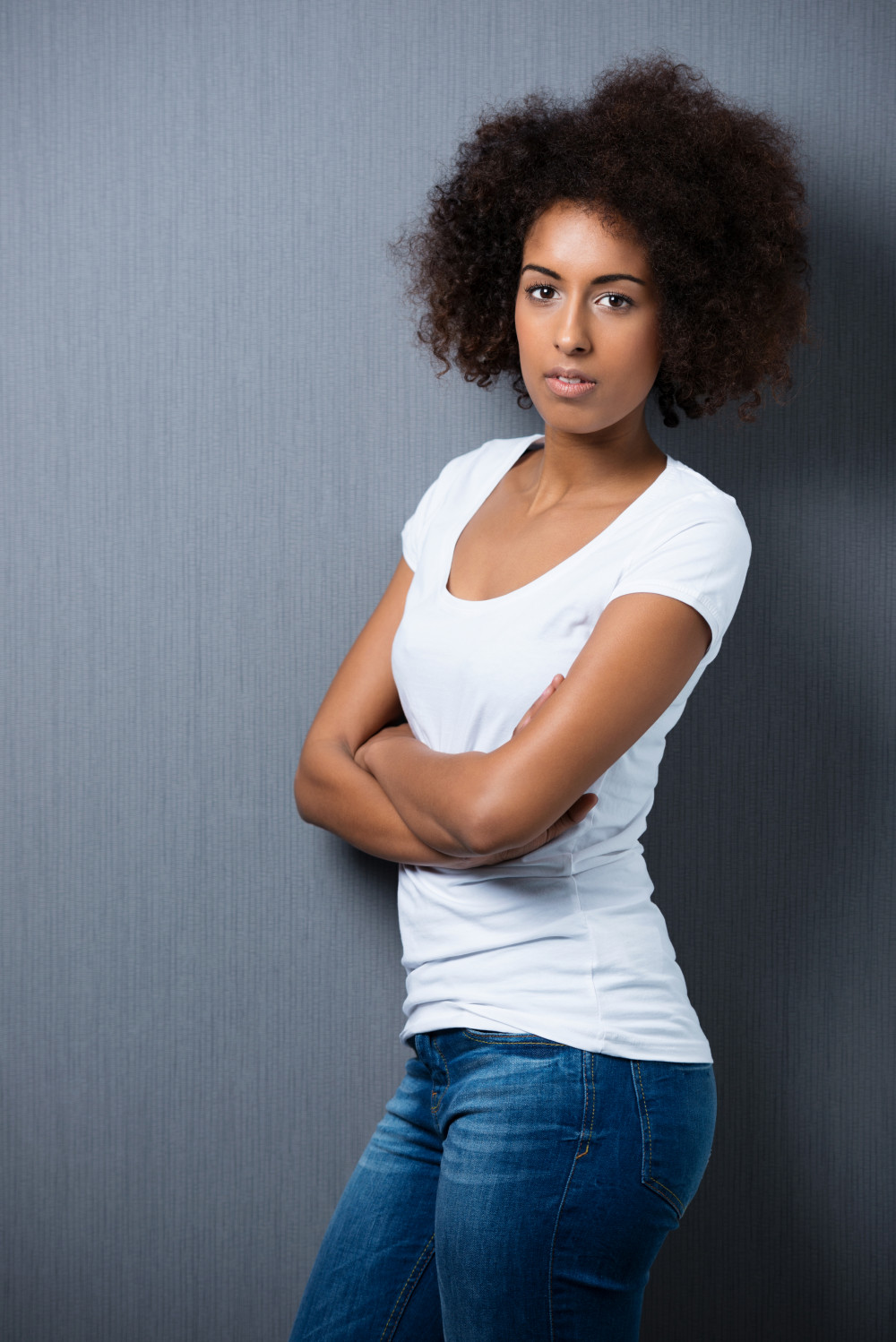Adult Secondary Enuresis
Read about bedwetting (enuresis or urinary incontinence) causes, symptoms, and treatments and solutions, including moisture detectors …
The world’s original, smallest, and still the best, bedwetting alarm. Stop bed wetting once and for all. Proven results with over 500,000+ success stories.
Enuresis; A may ignore the body’s signal of a full bladder in order to engage in a joyous activity, such as playing on a playground. Classification and external resources
Nocturnal enuresis, also called bedwetting, is involuntary urination while asleep after the age at which bladder control usually occurs. Bedwetting in ren and adults can result in emotional stress.








Description Enuresis is a condition that has been described since 1500 B.C. People with enuresis wet their bed or release urine at other inappropriate times.

Cross Reference List of CAFL Frequencies. The CAFL Cross Reference (CAFL XREF) is a compilation of all the conditions in the Consolidated Annotated Frequency List indexed by frequency.

A type 1 excludes note is a pure excludes. It means “not coded here”. A type 1 excludes note indicates that the code excluded should never be used at the same time as R32. A type 1 excludes note is for used for when two conditions cannot occur together, such as a congenital form versus an acquired
Benign prostatic hypertrophy (enlarged prostate); Diurnal enuresis; Diurnal only enuresis; Enuresis; Urinary incontinence; Urinary incontinence due to benign prostatic hypertrophy; functional urinary incontinence (R39.81); nonorganic enuresis (F98.0); stress incontinence and other specified urinary incontinence (N39.3-N39.4-); urinary
Learn about bedwetting (nocturnal enuresis) causes, types (primary, secondary), treatment tips, and medication (imipramine) for bedwetters. Involuntary nighttime urination while sleeping is common in ren under 5.
Read about urinary incontinence, its causes, treatments, and types, including stress incontinence, male and female incontinence, and urge incontinence. Learn about kegel exercises, frequent urination, catheterization, and anticholinergic drugs.